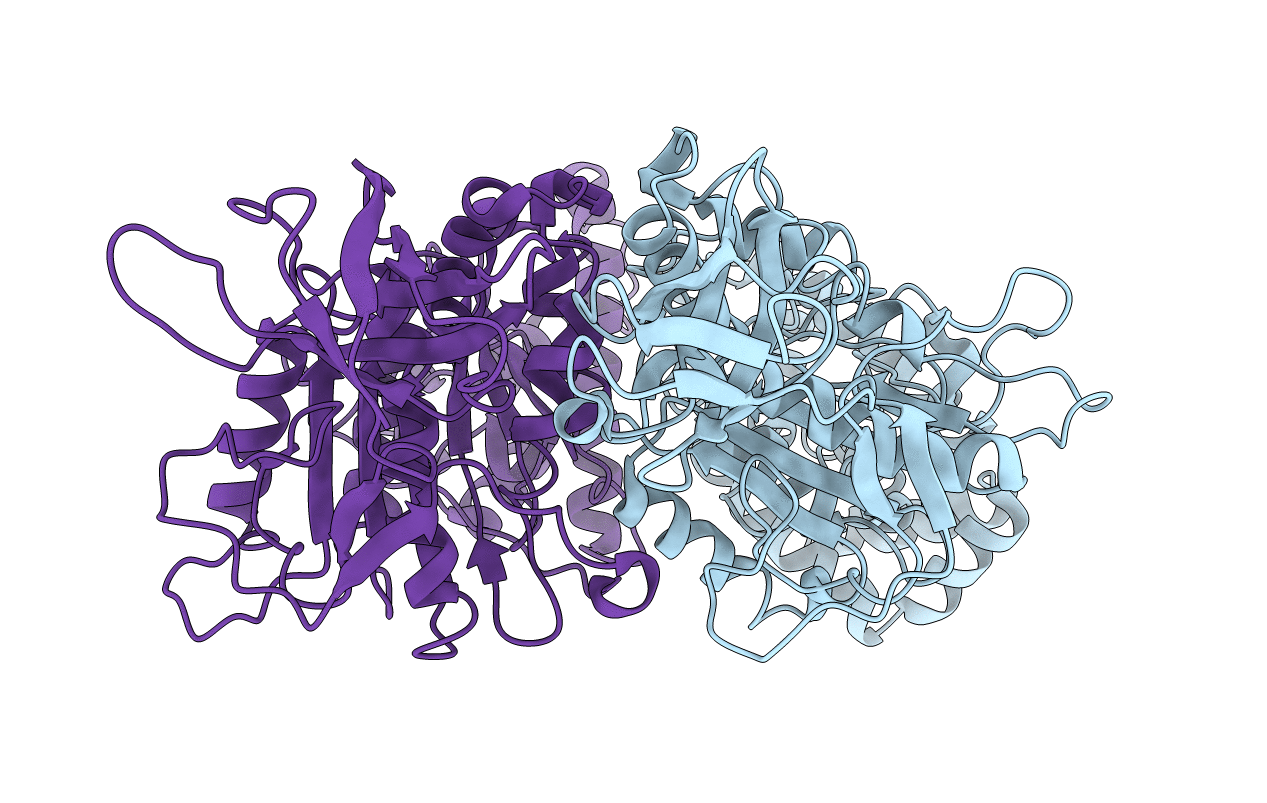
Deposition Date
2000-09-25
Release Date
2001-09-25
Last Version Date
2024-02-07
Method Details:
Experimental Method:
Resolution:
3.20 Å
R-Value Free:
0.35
R-Value Work:
0.31
Space Group:
H 3 2


